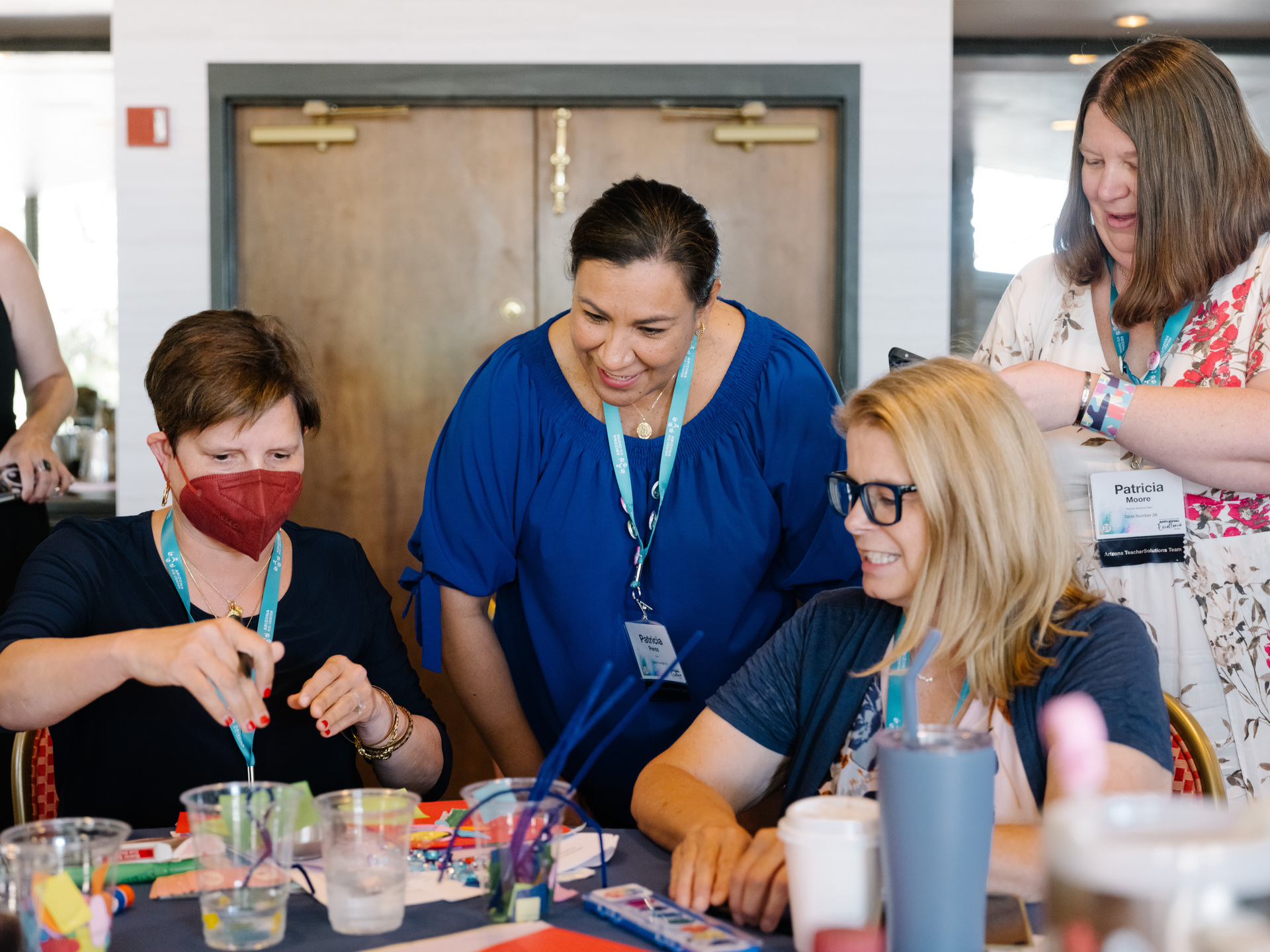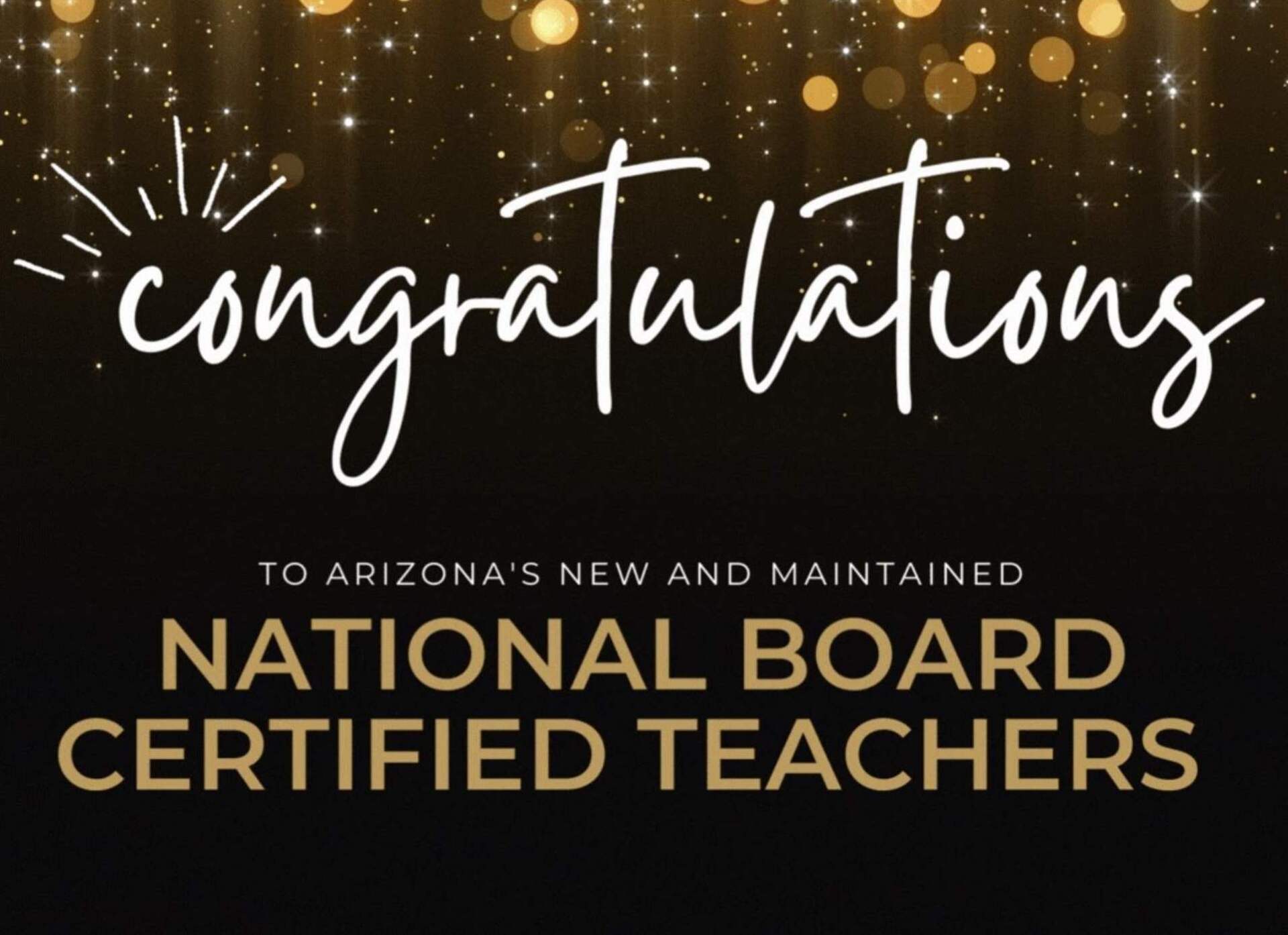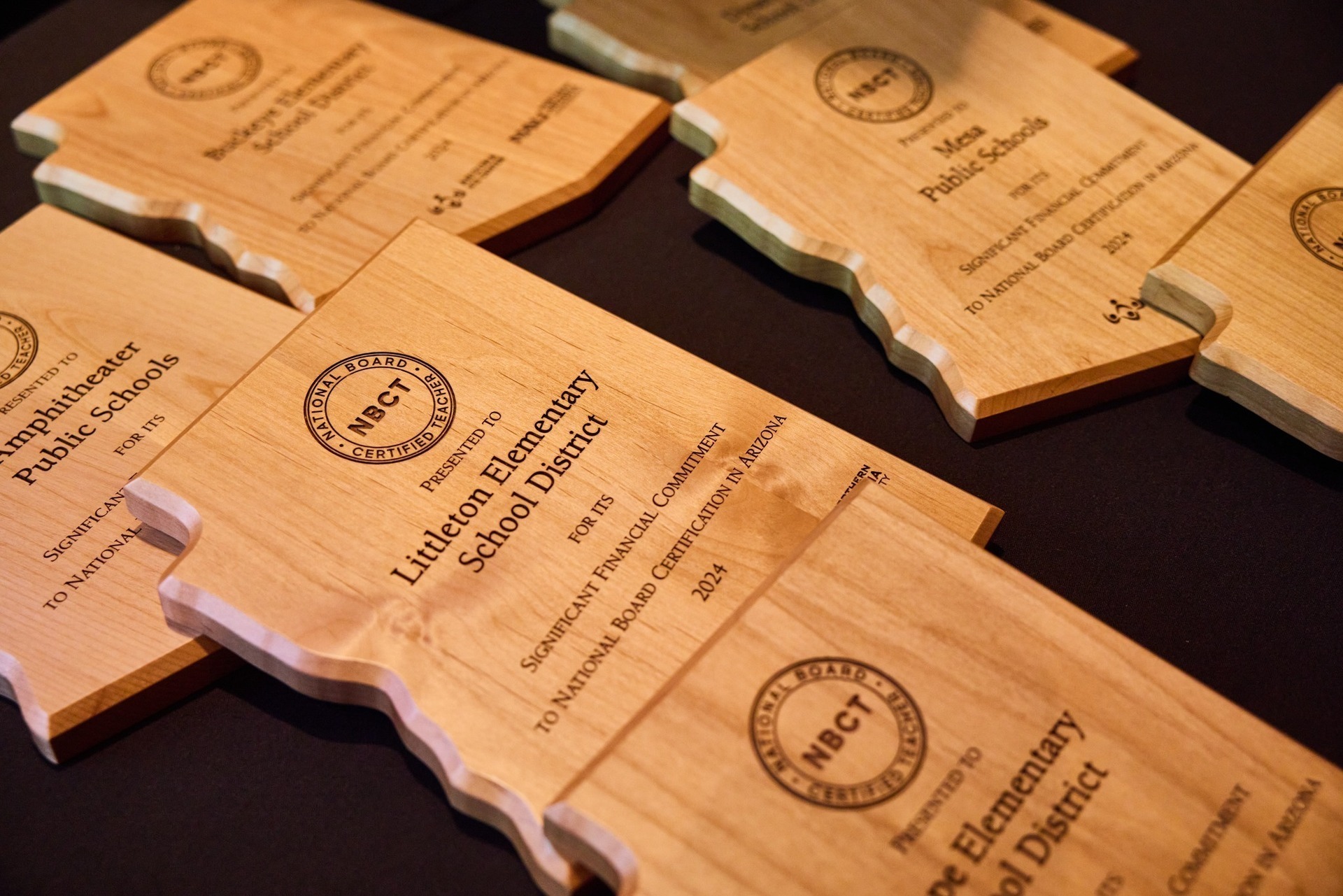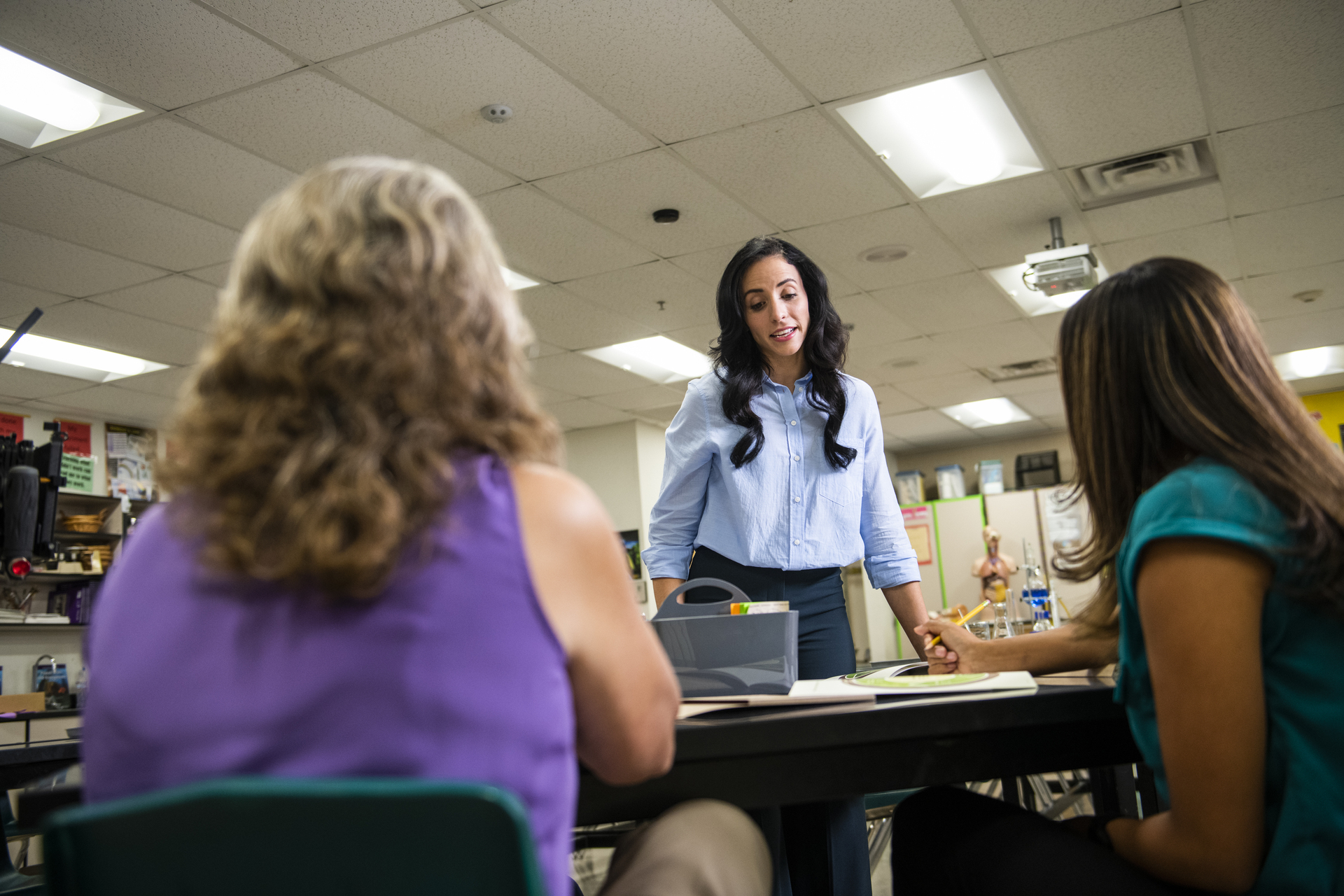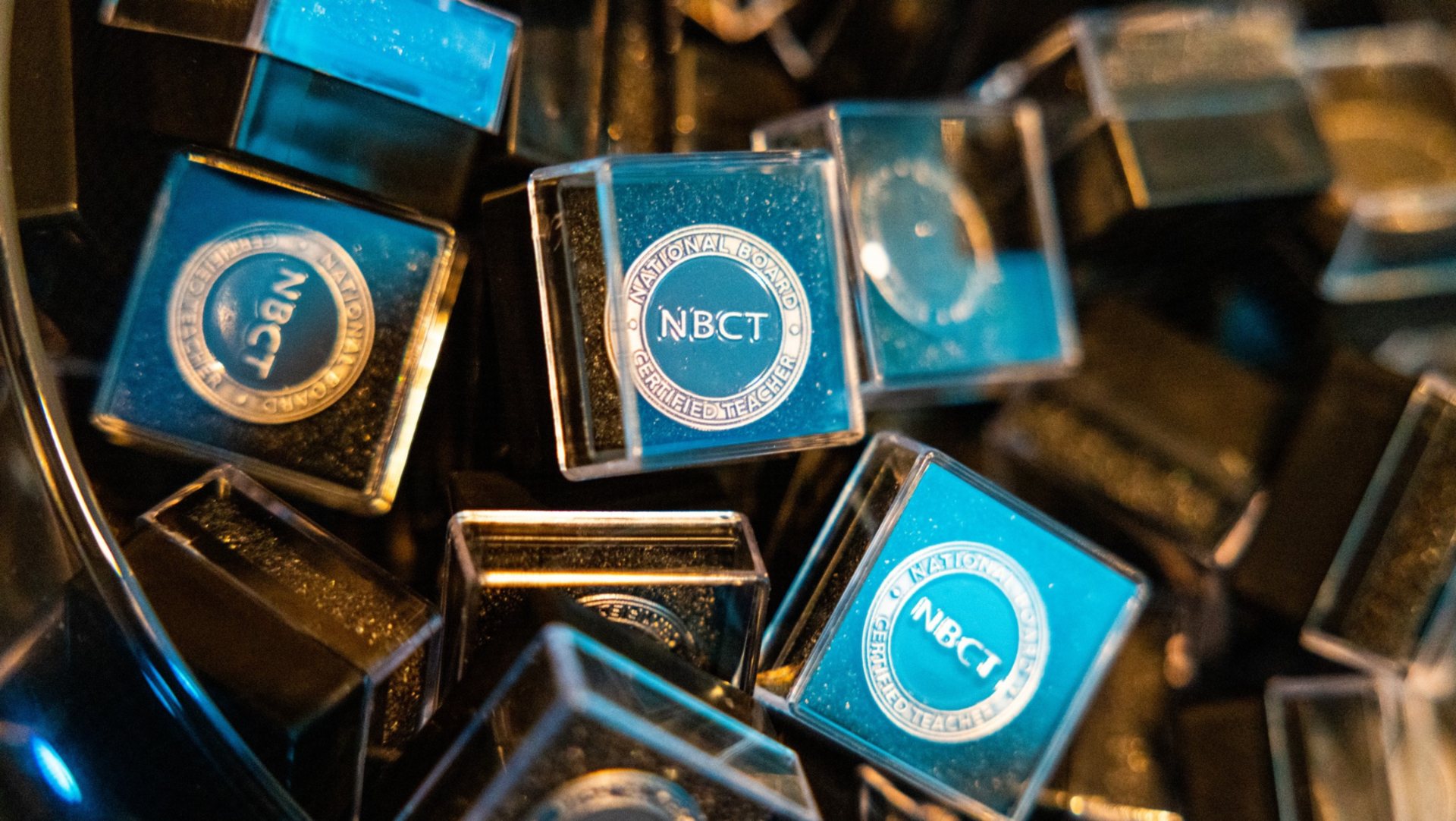November 14, 2017
Are You Mindful?
Here's your guide to practicing mindfulness with your students.
A classroom of students attentive to the space around them and the moment at hand. Peers who trade judgment for insight. Students who are kinder, less stressed, and more curious.
Sound like science fiction?
This is mindfulness, and schools around the globe — and in our own backyard —are hopping on board this practice that anyone, at any age, can participate in. And while there’s a comforting familiarity to it, we needed to go to a direct source for the scoop.
First year teacher Brittany Crouch felt overwhelmed with the sheer amount of things she was required to remember on a daily basis — ( we’ve all been there) — so she was a bit anxious with the addition of a mindfulness program on top of her sixth-grade math and science curriculums. Still, the campus-wide practice of mindfulness at David Crockett School in the Balsz School District was a deciding factor when Crouch took a job there.
Mindfulness turned out to be far from one more thing.
David Crockett Elementary School has 100 percent free and reduced lunch. The school serves a large population of Arizona’s homeless and refugee children — it is the home school for Phoenix’s largest shelter for homeless families.
It is also “Arizona’s First Mindful School,” partnering with Mindfulness First to participate in their comprehensive mindfulness program. This includes in-person and app curriculums, training for parents, teachers and staff, and after school programming. The campus has scheduled daily mindful minutes as well as a designated Mindfulness Room.
Not to be confused with meditation or religious practice, mindfulness is described as awareness of thoughts, feelings, body, and the surrounding environment. While there are varying definitions of the term, they are united as mental health wellness and prevention techniques.
“Crockett has implemented mindfulness for many years, and the majority of my students were already more familiar with the mindfulness program that is used here than I was,” Crouch describes. “I teach sixth grade, so my students are 11 and 12, a perfect age to learn about different strategies to work through complex emotions and their changing bodies with mindfulness training.”
She sees students who are transformed. They are able to transfer the skills and ideas they learn in mindfulness lessons to real life situations on campus and at home. “I truly wish that I was taught mindfulness earlier in my life. It’s not just yoga. It’s not just meditation. Mindfulness is truly understanding and knowing your body and its reactions to whatever life will throw at you,” she explains.
A Day in the Life at David Crockett Elementary School
Mindfulness practice is evidence-based; research supports its demonstrated benefits for health, productivity, relationships, and happiness. Here’s what it looks like at Crockett.
“Every day after the Pledge of Allegiance, students recite the Crockett Pledge: ‘As a Crockett student I am expected to be actively engaged in authentic learning experiences, making connections and demonstrating clarity of purpose in all content areas,’” Crouch explains.
“They then recite their behavior rule, ‘No one has the right to interfere with the learning, safety or well- being of others.’ After that, they take a mindful moment. This is a silent time of reflection and redirection so that students prepare themselves for the day ahead.”
The moment is brief — less than a minute long — and how the sixth graders use it is in their hands. “Students take control of how they take this time. All that I require of them is that their heads are off of their desks and that they are silent and still so that they are not interfering with other students’ mindful moments as well.”
Next, Crouch moves into the mindfulness lesson of the day. “I teach the same topic in mindfulness for two weeks. The lessons are created to work on students’ social and emotional learning as well as being in touch with their bodies and how their actions impact themselves and the social and emotional health of those around them. Each lesson teaches a different skill for students to focus on.”
The very first lesson introduces mindful breathing. Crouch says this is “a key element to the Mindfulness First program and my favorite element of mindfulness in my classroom.” Later skills direct students to have a more mindful outlook on their body and relationships.
Teachers across the grade levels at Crockett are seeing personal growth in their students. Crouch has seen mindfulness at work firsthand: “I have watched my kids walk away from situations instead of being angry or escalating their behavior.”
Parents, teachers, students — we all experience stressors and triggers on a daily basis. Mindfulness practice offers an alternative to fight, flight, or freeze. It offers pathways to calm energy and self regulation techniques that embrace the heart, body, and mind.
For more information about Mindfulness First and its partnership with David Crockett Elementary School, head to mindfulnessfirst.org/schools.


